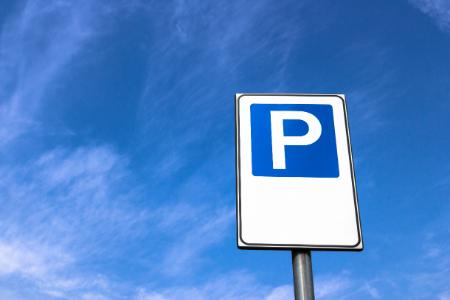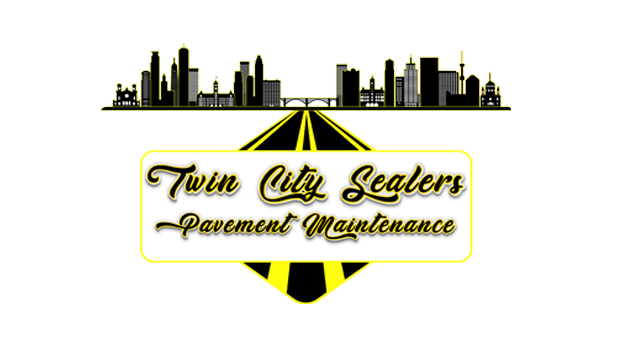The Evolution of Business Signage

From the earliest days of commerce in St. Paul to modern-day advancements, the history of business signage is a fascinating journey. It reflects the evolution of trade, technology, and communication.
The Beginnings: Ancient and Medieval Times
Business signage has roots that extend back to ancient civilizations. In ancient Rome and Greece, merchants used symbols to indicate the nature of their trade. For instance, a boot might signify a cobbler, while a fish could represent a fishmonger. These early signs were often simple and direct, crafted from materials like wood or stone.
During the medieval period, the concept of business signage became more sophisticated. Guilds, which were associations of craftsmen or merchants, started using signs to denote their membership and skills. These signs were often hung outside shops and were elaborate, sometimes incorporating heraldic symbols to convey quality and trust.
The Renaissance and Enlightenment: Artistic Flourishes
The Renaissance period saw an explosion of creativity and artistry, which extended to business signage. With new artistic techniques and materials, signs became more ornate and colorful. The use of iron and intricate designs became popular, providing businesses with a way to stand out visually.
As literacy rates improved during the Enlightenment, text on signs increased. Business owners began to include their names and services in addition to symbols. This period marked the beginning of more informative and descriptive signage, a trend that continues today.
The Industrial Revolution: Mass Production and Standardization
The Industrial Revolution brought significant changes to business signage. Advances in manufacturing allowed for the mass production of signs, making them more affordable and widespread. Materials such as metal and glass became common, and innovations like gas lighting illuminated signs at night, increasing their visibility.
The standardization of fonts and designs also began during this period, with companies like Coca-Cola pioneering brand consistency in their signage. This era set the stage for the modern concept of branding, a key component of a business's identity and marketing strategy.
The Modern Era: Technology and Innovation
Technological advancements revolutionized business signage in the 20th century. The invention of neon lights in the 1920s brought a new dimension of visibility and style to signs. By the mid-20th century, plastic and vinyl signs became prevalent, offering durability and versatility.
Today, digital technology has transformed signage installation once again. LED displays, digital billboards, and interactive signs provide dynamic and engaging ways to attract customers. Businesses in St. Paul and beyond can now leverage these technologies to create customized and eye-catching displays.
The Role of Signage Installation Today
Signage installation remains an essential service for businesses looking to establish their presence and attract customers. Whether it's a traditional wooden sign or a modern digital display, the installation process requires expertise to ensure that signs are visible and compliant with regulations.
As a leading sealcoating company, Twin City Sealers understands the importance of high-quality signage installation. For expert signage installation and other sealcoating services, contact 612-757-0399 today.
Keep Your Driveway & Parking Lot Looking New with Our Sealcoating Services In St. Paul
